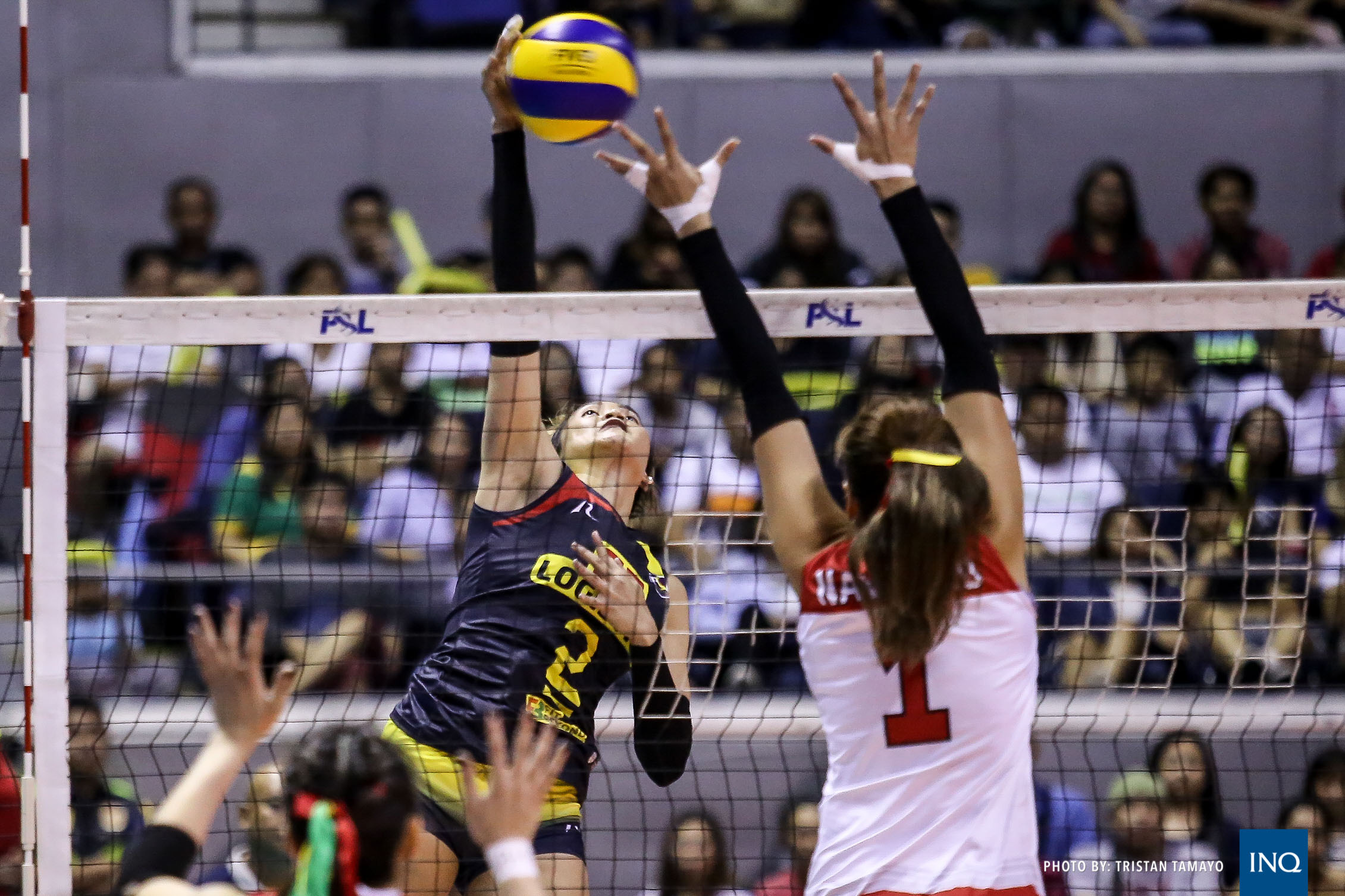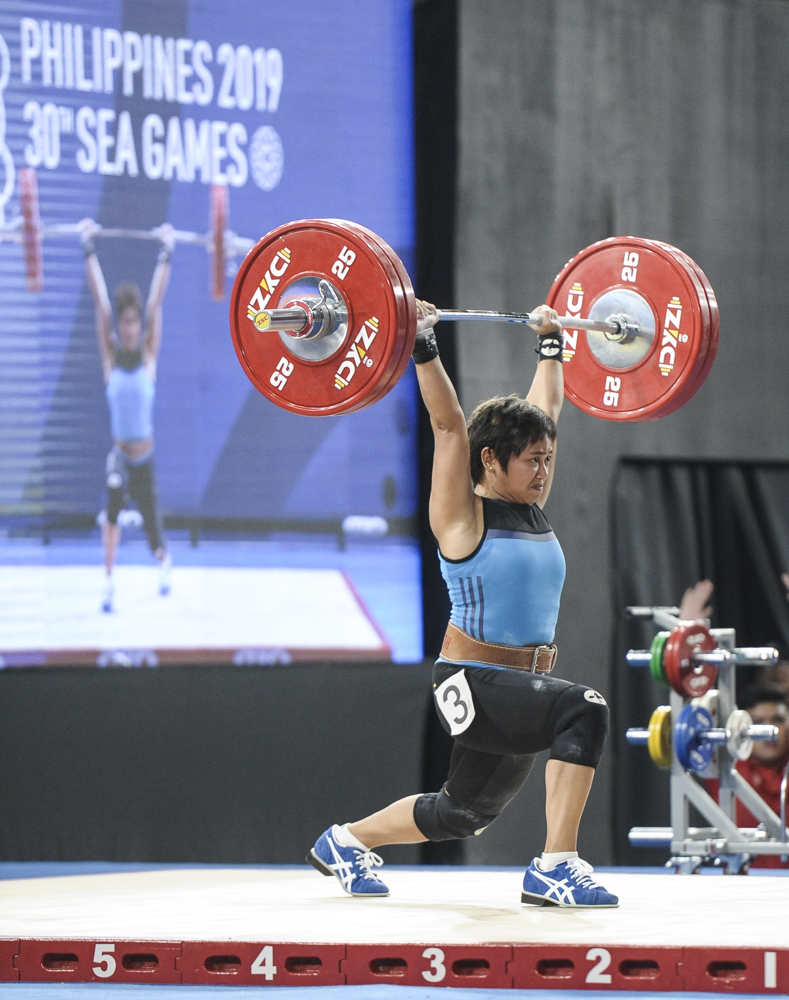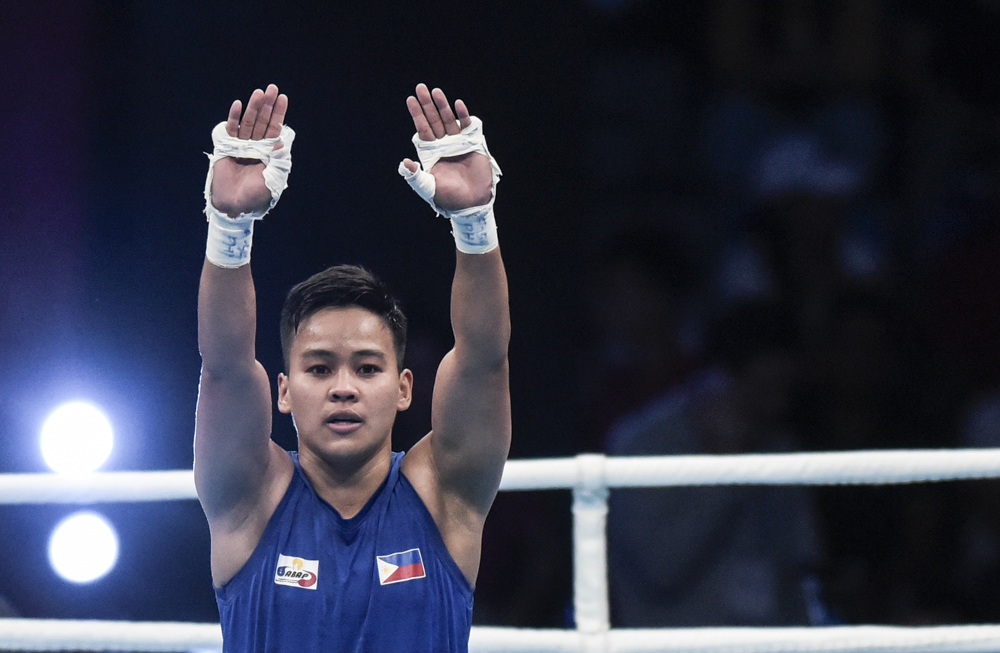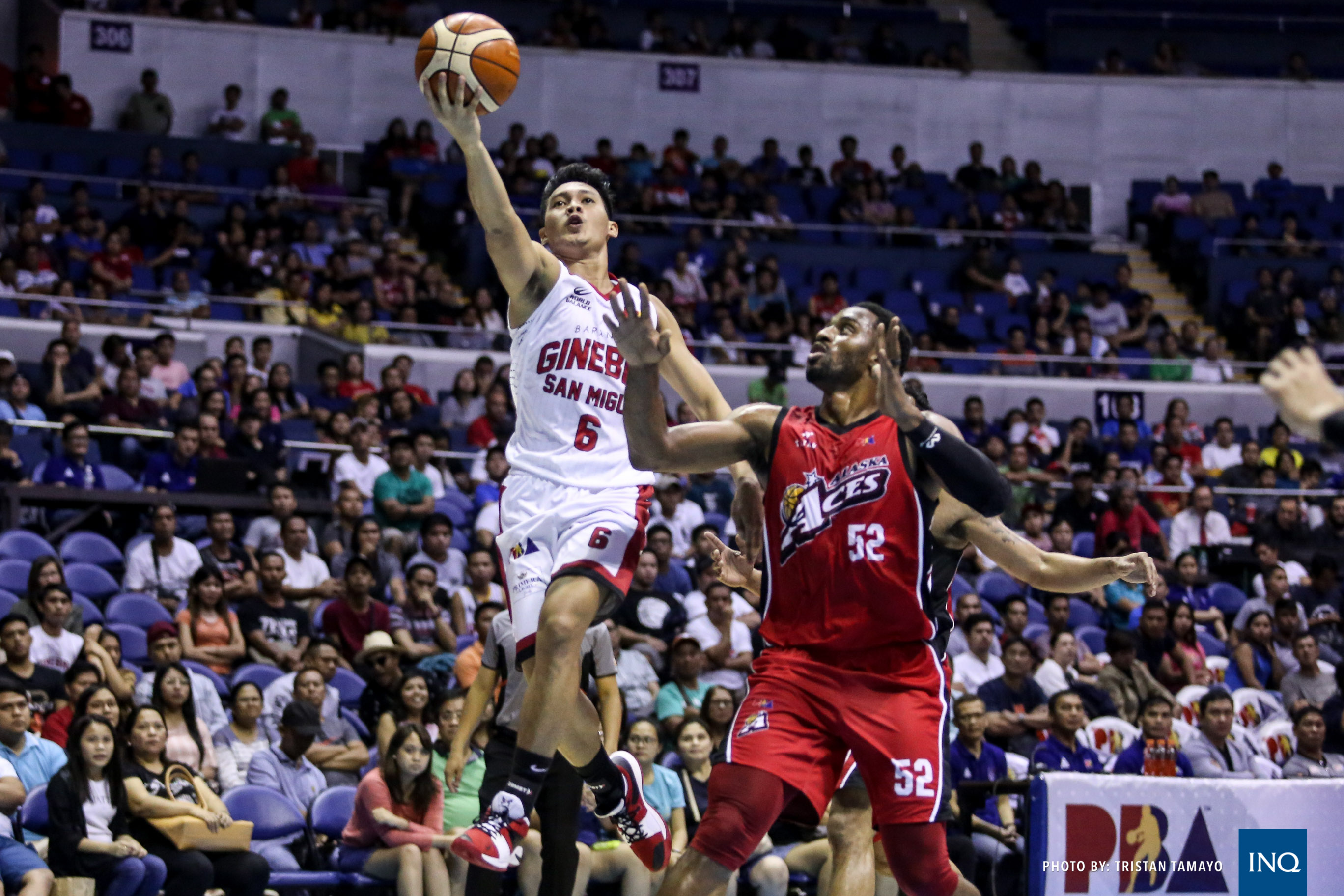Fighting to keep fit

“My tummy grew big,” she said with the chuckle of someone comfortable in the knowledge that she had everything under control again.
Training has been a challenge for the Philippines’ top athletes nowadays, with the country held captive by the new coronavirus disease (COVID-19) pandemic and various restrictive quarantine measures imposed almost everywhere.
“We have to follow orders,” said Nesthy Petecio, reigning world women’s featherweight champion in Filipino. “They report every move [if] it’s against the [quarantine] rules.”
Being cooped up isn’t easy for athletes, whose minds and bodies are wired to be always on the go. And food is the easiest escape during quarantine period: “We’re just inside our rooms, so we tend to think about food,” said Diaz, the Rio de Janeiro Olympics silver medalist and 2018 Asian Games champion.
But Diaz, Petecio and all the other top athletes in the country have found a way to stay in shape despite being in isolation even in the absence of proper training equipment and facilities.

Philippines’ Hidilyn Diaz competes in the women’s clean and jerk 55kg weightlifting at the 30th SEA Games 2019. INQUIRER PHOTO/ Sherwin Vardeleon
“I usually race at around 80 kilograms and I weighed in just under that as of yesterday,” swimmer James Deiparine, a gold medalist in last year’s Southeast Asian Games, said on Tuesday. “This could be due to the fact that I have lost a little bit of muscle from not being able to do my usual sprint training in the water and lift the heavier weights in the gym. However, I’ve been able to do more aerobic training to keep my fitness up and maintain proper nutrition to avoid gaining excess weight.”
He’s one of the lucky ones.
“A lot of athletes gained weight,” Petecio said. “We get to train and sweat but it’s different if you get to do your regular training.”
“Without regular training, you don’t get to burn calories consistently,” said mixed martial arts fighter Rene Catalan.
Makeshift workouts
Just outside Washington, D.C., Treat Huey keeps his weight in check by going “outside and [running] around the park.” Shuttered tennis facilities have kept him from hitting balls with a partner—which makes fellow national team standout Ruben Gonzales a bit fortunate.
Gonzales, who is based in Terre Haute, Indiana, has his own tennis court and has a neighbor come over as a hitting partner.
In a video posted on Instagram, Diaz is seen working out by lifting heavy water containers attached to opposite ends of a wooden bar.
Football star Stephan Schrock makes use of his body weight to compensate for the lack of competitive matches and proper training. And for cardio, he engages in a little self-competition.

FILE – Philippines’ Nesthy Petecio celebrates after defeating Myanmar’s Oo Nwe Ni to claim the gold medal during the 30th South East Asian Games 2019 Women’s Featherweight (57 kg). INQUIRER PHOTO/ Sherwin Vardeleon
“I keep running up and down stairs (53 floors, twice) and try to beat my time from the previous day,” Schrock said.
“My goal is to come out of this quarantine fitter,” added the talismanic PH Azkals mainstay.
It’s not an easy goal, but there have been success stories. Swimmers Luke Gebbie and Remedy Rule contained weight gains and kept additional numbers within reach. Same with judo sensation Kiyomi Watanabe, who is close to clinching a berth in next year’s Tokyo Olympics.
Before the quarantine, Gebbie weighed 80.2kg. He is now at 81.3. Rule went from 62.6kg to 63kg. Watanabe went from 63kg to a shade under 65kg. “That’s [a] safe [gain],” said judo president Dave Carter, who said Watanabe, based in Japan, has been doing mostly pull-up exercises for upper body strength.
Staying the same
Volleyball stars Mika Reyes, Aby Maraño and Majoy Baron have stayed in shape through training in isolation. “Every day,” Reyes said when asked about her training frequency.
“I work out every day alone,” said Maraño, who manages to apply the same intensity in isolation as when she trains with her teammates—except: “I don’t get to yell as always to push myself and my teammates.”
“I continue to do the workouts provided by our conditioning coach,” Baron said. “As an athlete, we should have more self-discipline during these times even though we don’t know when we will be playing again.”
That’s the same thing Barangay Ginebra guard Scottie Thompson is preparing for—the chance to strut his stuff again on the court.
“I know I have to be ready when the PBA decides that it is resuming the season,” Thompson said. “I had to buy some additional gym equipment at home [and] a basketball ring so I can put up shots. It’s a tough time to be an athlete because its more difficult to stay in shape during offseason. It takes a lot of discipline to stay in shape.”
Most of the discipline is centered on a crucial aspect: Nutrition.
Dietary challenges
Some athletes have managed to handle proper diet and training despite the isolation.
“I have a very strict diet and training regimen while on lockdown,” Gebbie said.
Women’s national basketball team star Jack Animam went on a sweets binge after the SEA Games and saw her weight rise to 86kg. When the quarantine struck, she resolved to get herself down to 80kg, her playing weight.
“I really disciplined myself to eat properly and to not eat a lot of sweets,” Animam said. “I work out every single day [in the absence of] basketball because I know it will take a toll on me once [the quarantine] is lifted [and] I become overweight.”
With proper diet and nutrition, Margielyn Didal has not only kept her weight at 49kg, she has even sculpted abdominal muscles, according to Skateboarding and Roller Sports Association of the Philippines president Carl Sambrano.
But the challenge of sticking to a nutrition plan is actually harder than it seems. Anyone who has lived through the last two months—athlete or not—understands this.
“’Yung abs, naging tabs,” joked Petecio, who agreed with Diaz’s assertion that being cooped up is a bane to an athete’s nutrition plans. “Sometimes, in this situation, it is hard to be disciplined.”
Luckily for her, help comes in the form of Philippine Sports Commission nutrition coach Jeaneth Aro, who, according to Petecio, “helps us with what we should take based on the training we are able to do.”
Aro also helps Diaz, who is grounded in Malaysia because of travel restrictions imposed to help curb the spread of COVID-19.
“The last thing we want is for her gains in the last two years to all go to waste,” Aro said.
Diaz has complied with Aro’s program, boosting her protein intake and eating a lot of vegetables—and the results are showing.
“I actually cook now,” said Diaz, whose training now includes cardio exercises, something she wasn’t particularly fond of in the past.
But she has incorporated it into her regimen because the lockdown doesn’t really give her a lot of chances to do her regular routine.
Like Diaz, a lot of athletes have been adjusting their nutrition and training plans for the same reason: That when the virus that has gripped the world is finally stamped out, they will be in tiptop shape to continue performing at the highest level like they did before this health crisis began. INQ


